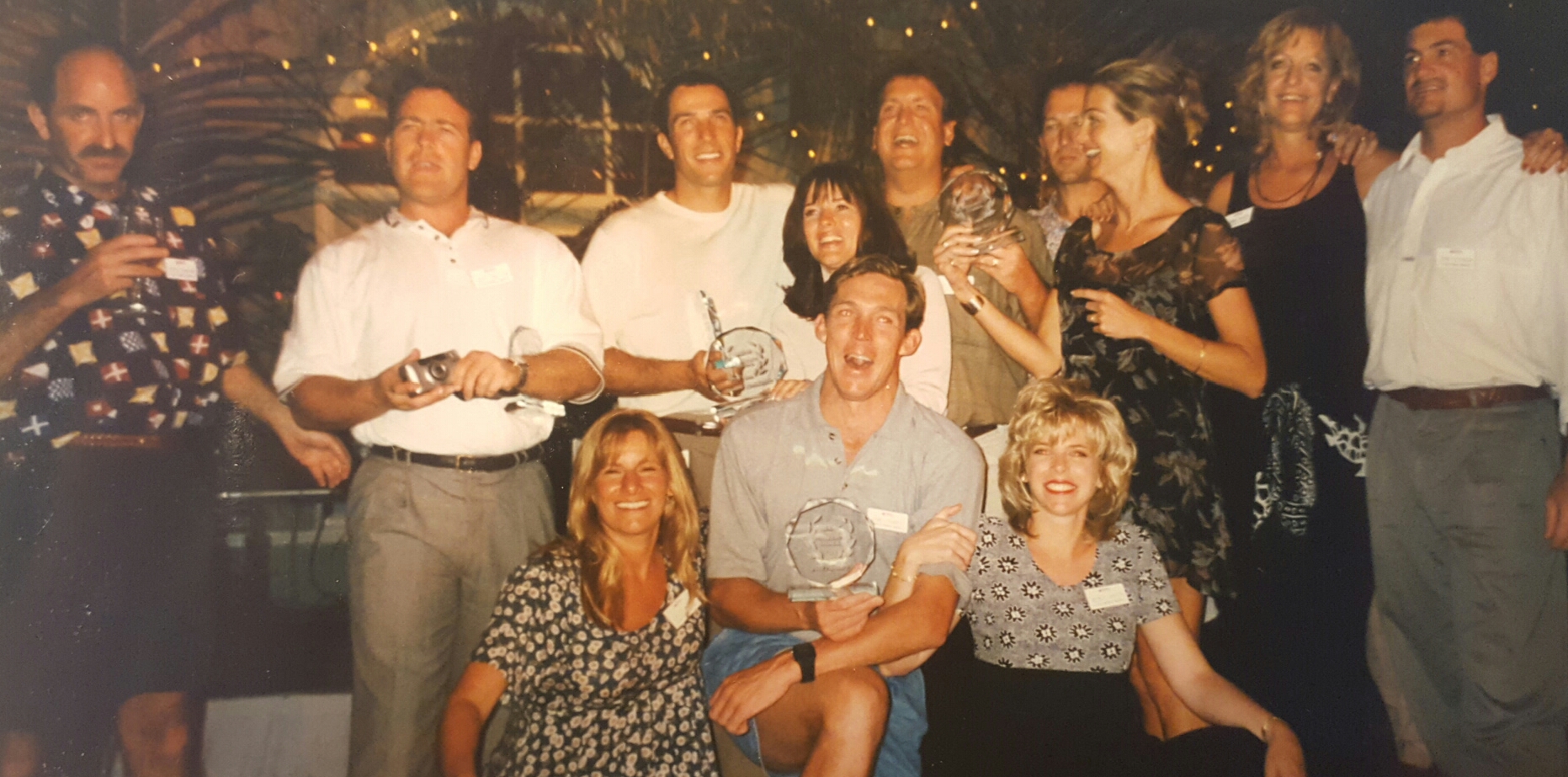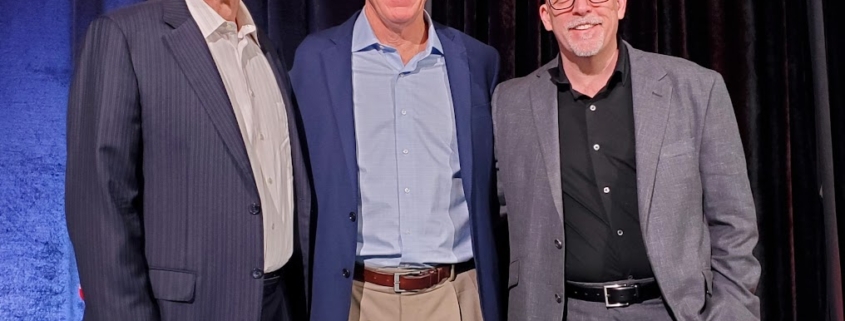When I think of the word “insights” as it relates to our business (sales process), the name Anthony Iannarino comes to mind. Anthony sees things differently, before and after they happen in the marketplace. I have relied on him for business and personal topics for several years, and am pleased to call him a friend and colleague.
And thanks for this GREAT article below. Pictured here at The Kennedy Space Center Selling Power 3.0 Conference hosted by Gerhard Gschwandtner in December 2022. We watched a rocket land upright that day….unbelievable!
Article Below By Anthony Iannarino
International Speaker, Sales Leader, Writer, Author
Strategy without tactics is like a blueprint with no builders—useless, no matter how brilliant it looks on paper.
Most of the time, leaders and managers are hyper-focused on strategy. That’s understandable. Strategy is the exciting part. It’s the big idea, the grand vision, the framework that’s going to guide the team toward a better future. But while strategy is important—crucial, even—it’s rarely enough to produce the outcomes we need in the real world.
To make this practical, let’s look at the idea through the lens of B2B sales. Sales leaders, sales managers, and frontline sellers often put their faith in the overarching strategy. They believe their sales approach—whether consultative, value-based, or insight-driven—is what’s going to produce results. And they’re half right.
My strategy, for example, is to be One-Up (see Elite Sales Strategies: A Guide to Being One-Up, Creating Value, and Becoming Truly Consultative). That means I show up as the expert in the conversation. I am the person with the authority, the insight, and the experience to create value for my clients—often in ways they didn’t expect.
But here’s the truth most people miss: even the best strategy dies on the vine without the right tactics. A strategy without tactical execution is impotent. It can’t do the heavy lifting. It can’t produce outcomes on its own. It’s nothing but an elegant theory.
Let me say it another way. A strategy without a supporting set of modern sales tactics is a failure waiting to happen.
Over time, through building sales methodologies and frameworks for hundreds of clients, I’ve identified the tactical levers that bring strategies to life. These tactics are not arbitrary. They’re designed to create value inside the sales conversation—where deals are won or lost. Below is a short list of effective B2B sales tactics that support any value-based or consultative strategy.
Modern B2B Sales Tactics That Make Strategy Work
Insight-Led Discovery – Don’t start by asking the same tired questions as your competitors. Begin discovery with insights about your client’s market, their industry shifts, or economic trends. This repositions you immediately and reframes how the client sees their challenges.
Problem Reframing – Most clients describe their symptoms, not their disease. One of your jobs is to help them see the root cause of their issues—often something deeper, more structural, and more strategic than they realized.
Gap Analysis – Use data to calculate the distance between where the client is now and where they want to be. Show them, in real terms, the ROI of making a change. This makes your solution a business decision, not just a purchase.
Strategic Questioning – Don’t just ask questions—craft questions that create clarity, uncover blind spots, and connect tactical pain to strategic risk. Your questions should do more than gather information; they should deliver value.
Pain Amplification – Not in a manipulative way—but in a real, ethical way. Clients often underestimate the cost of doing nothing. Help them explore the implications of inaction and align internal stakeholders around the urgency to change.
As a strategist, your job is not done until you’ve defined the tactics required to execute. If you’re a sales leader, a manager, or a consultant, you must also be a tactician. Otherwise, your strategy is nothing more than an aspiration.
The future belongs to those who can marry strategy with execution—who can connect ideas to actions that produce results. The tactics above are just a handful from a longer list I use with clients to drive real-world outcomes in enterprise sales environments.
If your sales strategy isn’t producing, don’t revise the strategy first. Look at your tactics. That’s where the gap almost always lives.



 August 12, 2025
August 12, 2025








